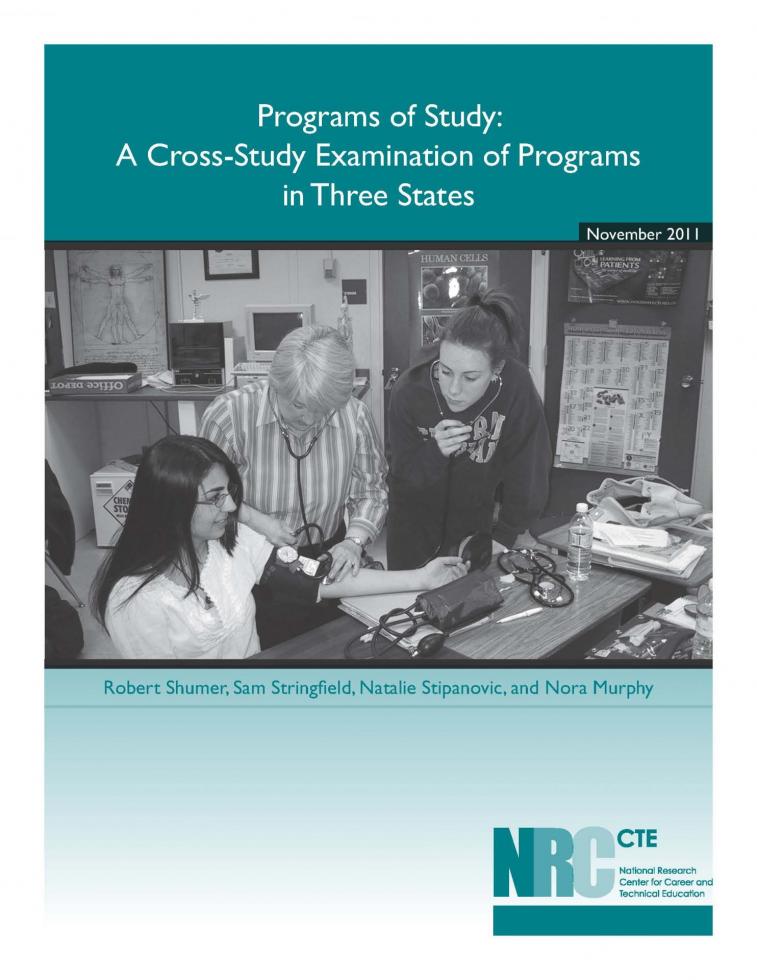Programs of Study: A Cross-Study Examination of Programs in Three States
 In 2006, Congress enacted the
reauthorization of the Carl D. Perkins Act (also known as Perkins
IV), which changed the name and broadened the scope and purpose
of career and technical education (CTE). The initial charge of
vocational education, established under the Smith-Hughes Act of
1917, was to separate vocational education from academic learning
and focus it primarily on preparation for jobs and employment.
Perkins IV expanded that purpose to prepare individuals for both
college and career, connecting academic learning with job skills
and knowledge and connecting secondary and postsecondary
education. The goal of Perkins IV was to develop a seamless
system allowing all students the opportunity to prepare for work,
college, and life.
In 2006, Congress enacted the
reauthorization of the Carl D. Perkins Act (also known as Perkins
IV), which changed the name and broadened the scope and purpose
of career and technical education (CTE). The initial charge of
vocational education, established under the Smith-Hughes Act of
1917, was to separate vocational education from academic learning
and focus it primarily on preparation for jobs and employment.
Perkins IV expanded that purpose to prepare individuals for both
college and career, connecting academic learning with job skills
and knowledge and connecting secondary and postsecondary
education. The goal of Perkins IV was to develop a seamless
system allowing all students the opportunity to prepare for work,
college, and life.
Shumer, R., Stringfield, S., Stipanovic, N., & Murphy, N. (2011, November). Programs of study: A cross-study examination of programs in three states. Louisville, KY: National Research Center for Career and Technical Education, University of Louisville.

